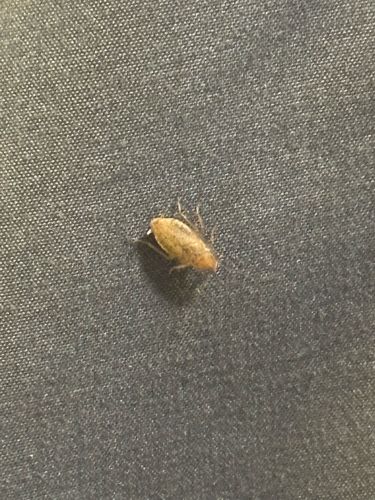Moth Fly
Scientific Name: Psychodidae
Order & Family: Diptera (True Flies), Psychodidae (Moth Flies)
Size: 2-5 mm in length

Natural Habitat
Damp, organic-rich environments such as drains, sewers, septic tanks, compost piles, and areas with stagnant water. They are often found in bathrooms, kitchens, and basements.
Diet & Feeding
Larvae feed on decaying organic matter, fungi, algae, and microorganisms found in the biofilm of drains and sewage systems. Adult moth flies typically do not feed on solid food; they may consume liquids such as nectar or water, or not feed at all.
Behavior Patterns
Moth flies have a distinctive erratic, hopping flight pattern. They are most active at night or in low light conditions. The adults are usually found resting on walls or surfaces near their breeding sites. Their life cycle from egg to adult can be as short as 1-3 weeks depending on temperature and conditions, allowing for rapid population growth in suitable environments.
Risks & Benefits
Potential Risks: Moth flies are generally considered nuisance pests. While they do not bite and are not known to transmit diseases to humans, large infestations can be bothersome. They can indicate a plumbing issue or excessive organic matter buildup in drains. Potential Benefits: In their natural outdoor habitats, moth flies contribute to the decomposition of organic matter.
Identified on: 9/6/2025